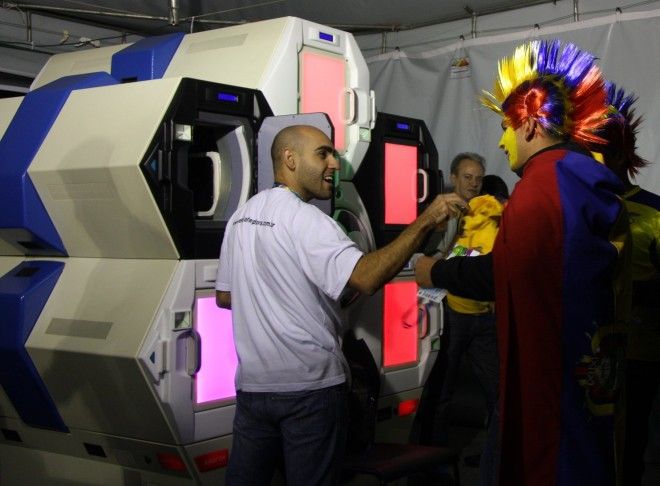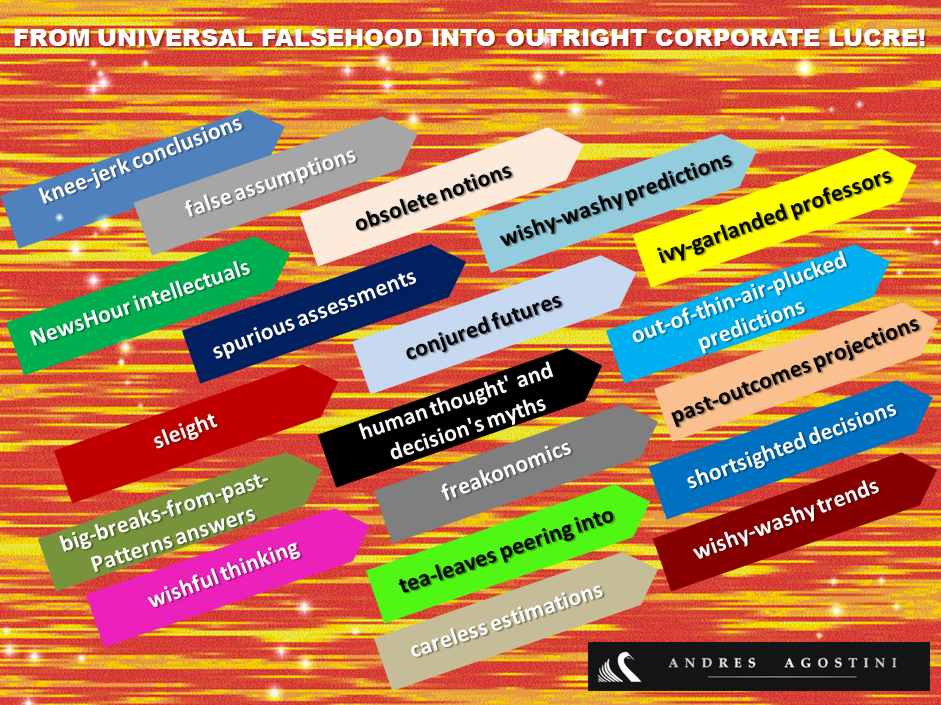Aug 9, 2014
Vibrations in Vegetables: Energetics in Process of Photosynthesis Could Boost Solar Power Efficiency
Posted by Seb in category: food
Christina Sarich — Nation of Change

For all those who think the adage, ‘everything is vibration’ is a bunch of bunkum, check this out: biophysics researchers have discovered that molecular vibrations deep within our vegetables help them to process light for photosynthesis, the primary way a plant metabolizes energy from the sun. This discovery could lead to more efficient solar arrays and better energy storage.
Utilizing short pulses of light to peer inside spinach leaves to see how the mechanics of photosynthesis really work, researchers from the University of Michigan have discovered that the vibrations of plant molecules aid in energy conversion of light into power a plant can sustain itself with.





 Most of you will know that in December 2012, I wrote 4 blog posts here at the Lifeboat Foundation, explaining why Spaceport Colorado will be an enormous success. The blog posts are:
Most of you will know that in December 2012, I wrote 4 blog posts here at the Lifeboat Foundation, explaining why Spaceport Colorado will be an enormous success. The blog posts are:








